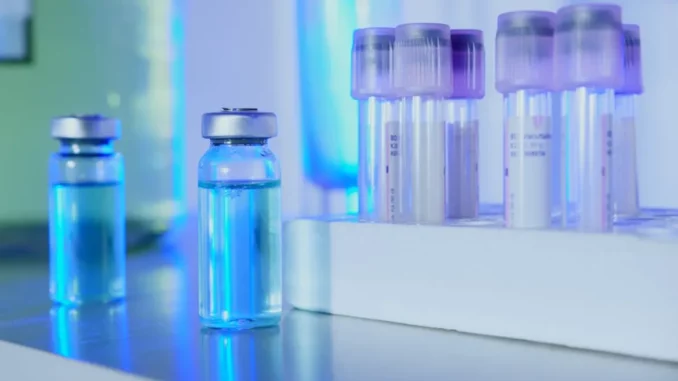
The evolution of integrated microfluidic sensors has heralded a transformative era in the realm of diagnostics, especially within point-of-care (POC) testing. These sensors ingeniously combine the nuances of precision engineering, fluid dynamics, and biochemical analysis into compact, affordable devices. They facilitate lab-on-a-chip (LOC) technologies, essential for delivering real-time monitoring and swift analysis with exceptional sensitivity, making them indispensable to contemporary diagnostic practices.
At the heart of these innovations lie the integrated microfluidic sensors, which are essentially miniature analytical tools capable of executing multiple laboratory functions on a single chip. These devices encompass microfluidic channels, reservoirs, and detectors, enabling the precise manipulation of minuscule fluid volumes from nanolitres to microlitres. This compact integration revolutionises complex diagnostic procedures, rendering them portable, expedited, and more user-friendly.
The operational efficacy of these sensors is attributed to the synergy of their core components, including microfluidic channels, detectors, and actuators. These elements collaboratively perform precise, automated biochemical analyses. For example, microfluidic channels are meticulously engineered pathways that regulate fluid movement, utilising principles of laminar flow to ensure accurate sample management. Automated systems introduce biological specimens into the microfluidic setup, guaranteeing consistency and precision. Subsequently, detection modules—ranging from electrochemical sensors to optical and mass-based detectors—interpret the biochemical reactions’ results, which are then transformed into actionable data through integrated electronics.
The wide-ranging applications of integrated microfluidic sensors underscore their versatility, spanning from healthcare to environmental monitoring. In the medical sphere, they have revolutionised infectious disease diagnostics, facilitating rapid tests for ailments such as COVID-19, malaria, and tuberculosis directly at the point of care. In oncology, these platforms adeptly analyse biomarkers, including circulating tumour cells and DNA, proving invaluable in early-stage detection and personalised medicine. Furthermore, these sensors significantly impact chronic disease management, neonatal and prenatal care, as well as environmental monitoring, demonstrating their adaptability across diverse fields.
However, despite their evident potential, the widespread adoption of integrated microfluidic sensors encounters several challenges. The intricacy of fabricating high-performance devices, cost limitations, sample variability, and regulatory barriers present notable obstacles. Nonetheless, advancements in nanotechnology, artificial intelligence, and machine learning hold promise for enhancing sensor sensitivity and data analysis capabilities. Emerging manufacturing techniques, such as high-resolution 3D printing, are set to lower production costs, potentially paving the way for broader implementation.
Integrated microfluidic sensors are poised to redefine diagnostics, offering unprecedented speed, sensitivity, and portability. While notable hurdles remain, the future of these technologies appears promising, with potential applications extending from healthcare to environmental monitoring and beyond. Collaboration between academia, industry, and regulatory bodies will be crucial in overcoming existing barriers and ensuring the equitable distribution of these transformative technologies on a global scale.
The significance of integrated microfluidic sensors in advancing global healthcare cannot be overstated. By seamlessly incorporating complex laboratory functions onto a single chip, these sensors provide rapid, sensitive, and portable diagnostic capabilities, transforming healthcare delivery worldwide. The potential of these sensors to address healthcare challenges in low-resource settings is particularly noteworthy. Their portability and cost-effectiveness make them ideal for deployment in rural and underserved areas, where access to traditional laboratory facilities is limited. By enabling rapid and accurate diagnostics, these sensors can mitigate the impact of infectious diseases and improve health outcomes in these regions.
Looking ahead, the future of integrated microfluidic sensors is bright, with ongoing research aimed at enhancing their functionality and accessibility. Advances in nanotechnology and machine learning are anticipated to improve sensor sensitivity and data processing capabilities. Moreover, the integration of these sensors with wearable devices and Internet of Things (IoT) platforms will facilitate continuous health monitoring, offering new opportunities for proactive healthcare interventions. As research and development continue to expand, the landscape of diagnostics and healthcare is set to be redefined by these innovative technologies.


Be the first to comment